There are positive signs regarding the Middle East hotspot. The United Nations and many countries are optimistic, most Palestinians and Israelis are celebrating. But here and there, there is still skepticism. What is the truth, what is the possibility?
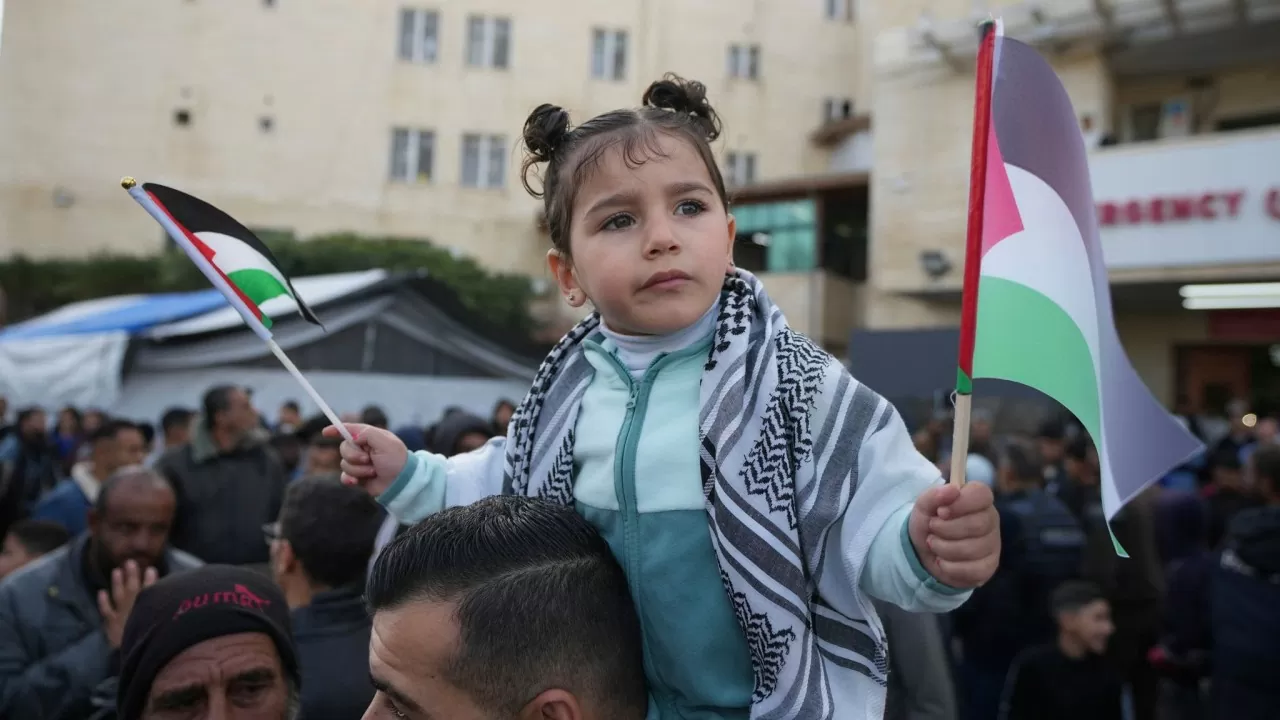 |
| Palestinians celebrate a ceasefire between Hamas and Israel at Al-Aqsa Hospital in Deir al-Balah, central Gaza Strip. (Source: AP) |
Convergence of many causes
The Israeli cabinet officially approved the ceasefire agreement between Israel and Hamas, which officially took effect on January 19. Phase 1 lasted 7 weeks, focusing on stopping the fighting, Hamas releasing 33 hostages out of a total of 94, in exchange for 1,890 Palestinian prisoners (Israel announced the release of 737 people) and agreeing to allow 600 trucks/day to access the Gaza Strip for humanitarian aid.
The atmosphere on the first day was basically favorable. The two sides announced the list of hostages and prisoners to be returned in short batches. On the morning of January 20, the Israel Prison Service (IPS) announced that it had released 90 Palestinian prisoners, after Hamas returned 3 Israeli hostages. Thus, the two sides have completed the first hostage exchange within the framework of the ceasefire agreement. After 16 days, negotiations will continue on phases 2 and 3, resolving Israel's withdrawal from occupied areas, completely ending the conflict, reconstruction and other issues related to the future of the Gaza Strip.
Representatives of the United Nations, leaders of many international organizations and countries welcomed the agreement, assessing it as a breakthrough, opening up hope to end the 15-month conflict that killed 46,000 people, injured thousands, destroyed infrastructure, and restored peace in the Gaza Strip.
"This agreement is an important first step, but we must mobilize all efforts to advance our broader goals, including preserving the unity, contiguity and integrity of the occupied Palestinian territory." (United Nations Secretary-General Antonio Guterres) |
The ceasefire and negotiations are positive signals, the convergence of many causes, from many sides.
First, both Israel and Hamas suffered heavy losses. According to information from Tel Aviv, more than 700 Israeli soldiers were killed, and more than 4,500 were wounded (in reality, it could be more). This is the largest loss since the 1973 Yom Kippur War.
The Israeli Defense Forces reported eliminating about 17,000 Hamas members and other militant groups, severely destroying military infrastructure, manufacturing facilities, and weapons depots in Gaza. Along with that, a series of Hamas leaders such as Saleh al-Arouri, Marwan Issa, Ismail Haniyeh, Yahya Sinwar... were murdered. This was a heavy blow, causing Hamas's military capacity to decline greatly. Hamas' allies and supporting forces such as Iran, Hezbollah, and Houthi also encountered many difficulties and losses, and the Syrian government collapsed.
Second, the mediating countries have been actively working to create a ceasefire agreement. Current President Joe Biden and President-elect Donald Trump met and spoke by phone with Israeli Prime Minister Netanyahu about the ceasefire agreement. Donald Trump also warned Hamas that it would pay a heavy price if it did not release the hostages before January 20. The two presidents' advisors spent several days in the capital Doha, Qatar, to arrange meetings and discuss the content of the agreement.
It can be said that Mr. Joe Biden and his colleagues play the role of “spearhead”, while Mr. Donald Trump and his advisors have the effect of pushing the agreement to the finish line. The US promotes the agreement to demonstrate its role and strength in complex international issues; to maintain the Middle East under its beneficial control and to limit the influence of other major countries in the region.
Qatari Prime Minister Al Thani played a key role in connecting the two sides, leading the reconciliation. Egyptian intelligence chief Hassan Rashad connected with Hamas, maintaining Cairo as the center of meetings and negotiations. Qatar, Egypt, along with the US, played an active role as mediators, urging Israel and Hamas to accept ceasefire negotiations after months of stalemate.
Third, there is great pressure both internally and externally. Among the members of the Israeli cabinet and members of the Palestinian factions, there is also a desire to negotiate and end the conflict. The majority of Israelis and Palestinians oppose the disastrous conflict.
International pressure on Israel and Hamas is increasing. The United Nations has issued several relevant resolutions, calling on the international community to take immediate action to end the conflict. UN Secretary-General Antonio Guterres condemned the bloody attacks on civilian targets in the Gaza Strip.
The International Criminal Court has issued arrest warrants for Israeli leaders (Prime Minister Netanyahu, former Defense Minister Yoav Gallant) and Hamas leader Al-Masri on charges of war crimes and crimes against humanity. The combination of these factors forces the parties to consider negotiating a deal.
| Short steps on a long journey The United Nations has long and repeatedly affirmed that the two-state solution is the only path to lasting peace in the Middle East. With no significant progress, on the sidelines of the United Nations General Assembly in New York, USA (September 2024), Norway, the EU and Saudi Arabia formed a Global Coalition in Support of the Two-State Solution.
On January 15, Norway hosted a global summit to strengthen international support for a two-state solution in the Middle East and resolve the crisis in Gaza. Representatives of 84 countries and organizations attended the conference to discuss practical measures to promote peace and remove challenges that hinder the process towards two states (increased violence; settlement activities, obstruction of UNRWA by Israel; economic crisis in Palestinian territories, etc.). Delegates affirmed the necessity, efforts, and creative ways to gradually realize the two-state solution, as the key to achieving lasting and sustainable peace. This is a concrete step to concretize political and diplomatic support for the aspirations of the Palestinian people; to put pressure on forces and actions that hinder the realization of the two-state solution. However, the road to the destination is still thorny and far away. |
Hot coals are still brewing and what scenario lies ahead?
The war between Israel and Hamas took place in the Gaza Strip and some areas, lasting 15 months, originating from the conflict between Israel and Palestine. In the war of June 1967, Israel occupied the entire historical territory of Palestine including Gaza, the West Bank and East Jerusalem... In 2005, Israel withdrew from Gaza, but still blockaded this area.
Between Palestine and Israel, there are complex, long-standing conflicts, from history to the present, sometimes simmering, sometimes erupting, involving the involvement of other countries. Among them, the most fundamental issue is the coexistence of the Palestinian state and the Jewish state.
Thus, the ceasefire negotiations in the Gaza Strip and the two-state solution have different roles, scopes, and characteristics, but are related and impact each other, related to peace and stability in the region. Ending the conflict in the Gaza Strip is a big step forward, creating a favorable environment for the two-state solution. Public opinion hopes that the initial step of the agreement between Israel and Hamas will create momentum for the next stages.
The ceasefire agreement converges different goals and calculations from all sides. Israel wants most to free all hostages, but does not want to completely withdraw from the occupied areas, and is not willing to let Hamas continue to manage Gaza, for security reasons. Internally, Israel and the Palestinian factions are not in complete agreement.
For Hamas, hostages are the only bargaining chip, so the negotiation process of phase 2 and 3 will be complicated and prolonged. Allies and partners of both sides can also have an impact and obstructive actions. Just one unexpected incident from any side, inside or outside, can prolong, stall, or even collapse the agreement. Therefore, the initial results bring cautious optimism but still accompanied by skepticism about the lack of certainty. The Gaza Strip, and the wider Middle East, still harbor "hot coals".
 |
| Can a ceasefire stop the suffering of innocent civilians? (Source: Reuters) |
Several scenarios may occur after the ceasefire agreement between Israel and Hamas takes effect. One, phase 1 is basically successful, with hostages and prisoners being returned according to the agreed list. Phase 2 negotiations progress more slowly, with differences arising regarding the withdrawal of Israeli troops, the future of Gaza, Hamas, international monitoring forces, etc. Both sides remain restrained, not allowing negotiations to stall. This is the best possible scenario.
Second, the next negotiation process progresses very slowly, has problems, requests to change the content of the agreement appear, or even temporarily stops. The international community and mediators exert influence and pressure so that the two sides do not give up negotiating the agreement. The negotiation process may last for many months. This is a possible scenario.
Third, after several exchanges of prisoners and hostages, major problems arise in the ongoing negotiations due to differences in viewpoints, new demands emerge that the other side does not want or cannot accept. Negotiations break down, and conflict may even continue. This scenario cannot be ruled out.
Source: https://baoquocte.vn/diem-nong-trung-dong-co-dong-lanh-301574.html


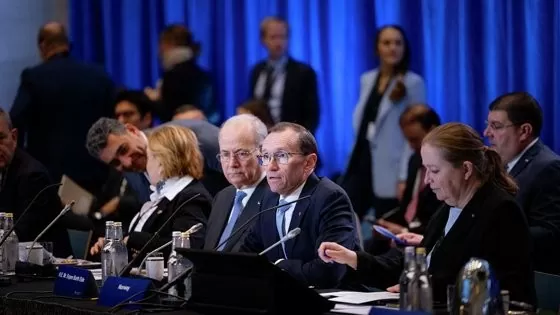


![[Photo] General Secretary To Lam receives Russian Ambassador to Vietnam](https://vstatic.vietnam.vn/vietnam/resource/IMAGE/2025/4/2/b486192404d54058b15165174ea36c4e)
![[Photo] Prime Minister Pham Minh Chinh receives Deputy Prime Minister of the Republic of Belarus Anatoly Sivak](https://vstatic.vietnam.vn/vietnam/resource/IMAGE/2025/4/2/79cdb685820a45868602e2fa576977a0)
![[Photo] Prime Minister Pham Minh Chinh receives CEO of Standard Chartered Group](https://vstatic.vietnam.vn/vietnam/resource/IMAGE/2025/4/2/125507ba412d4ebfb091fa7ddb936b3b)
![[Photo] Comrade Khamtay Siphandone - a leader who contributed to fostering Vietnam-Laos relations](https://vstatic.vietnam.vn/vietnam/resource/IMAGE/2025/4/3/3d83ed2d26e2426fabd41862661dfff2)
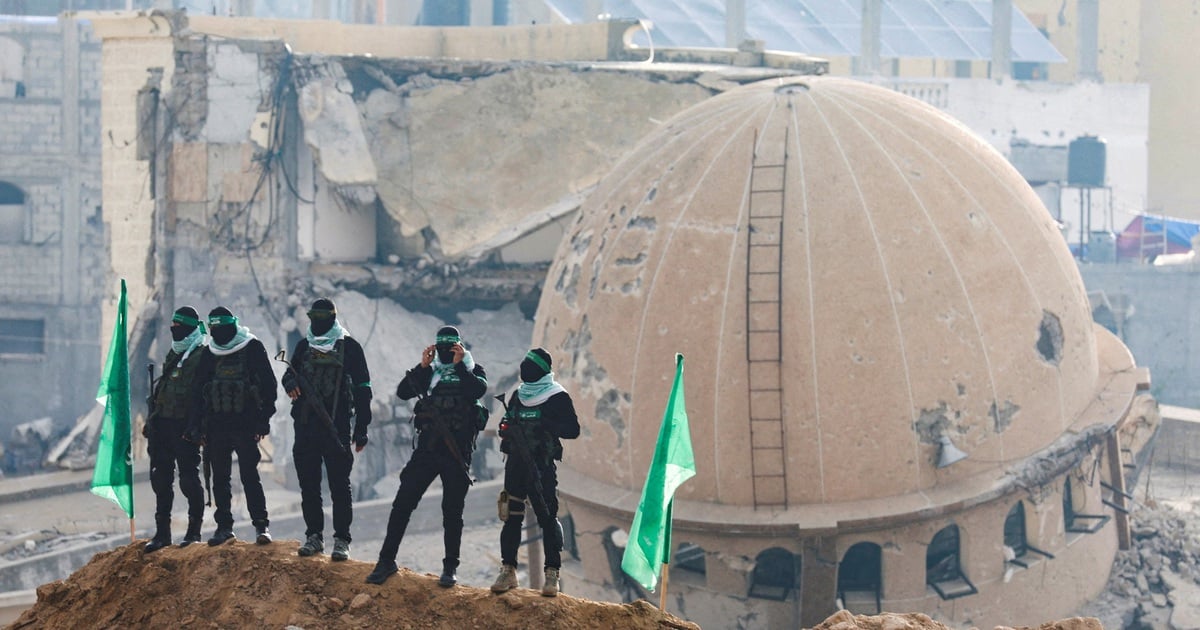

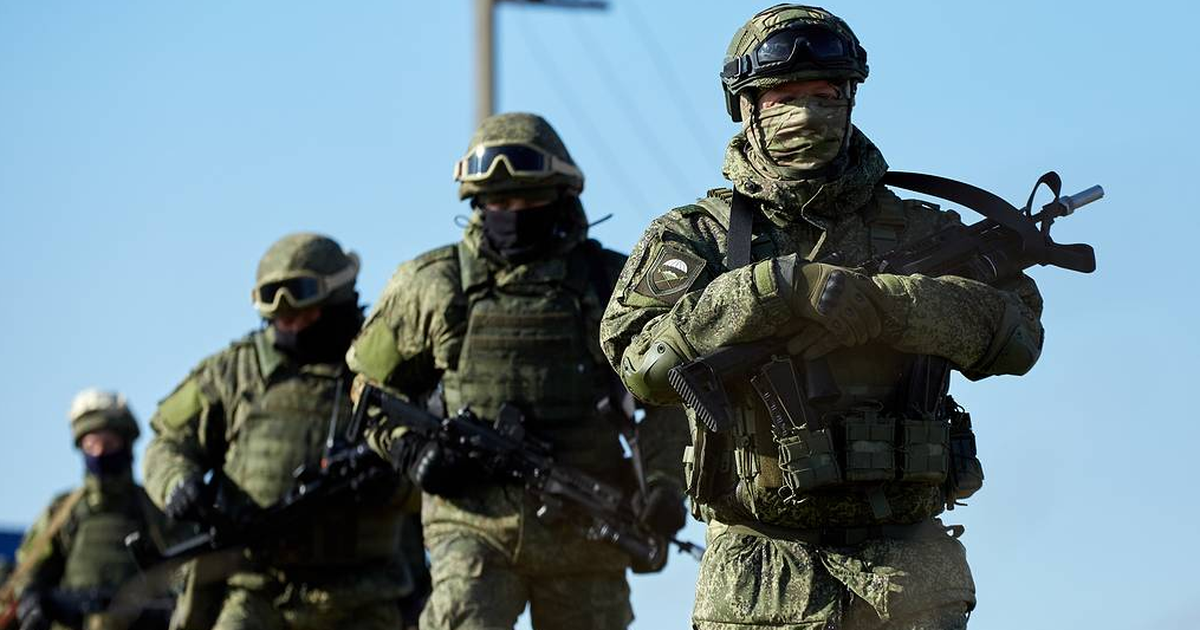
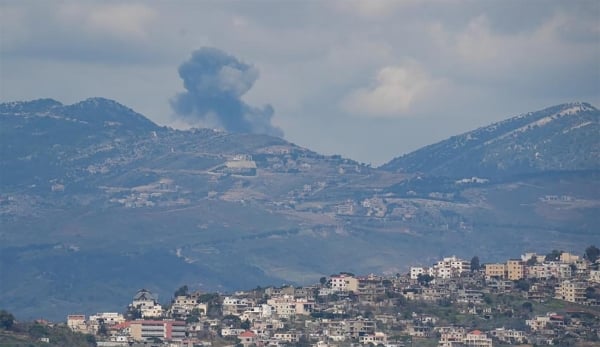
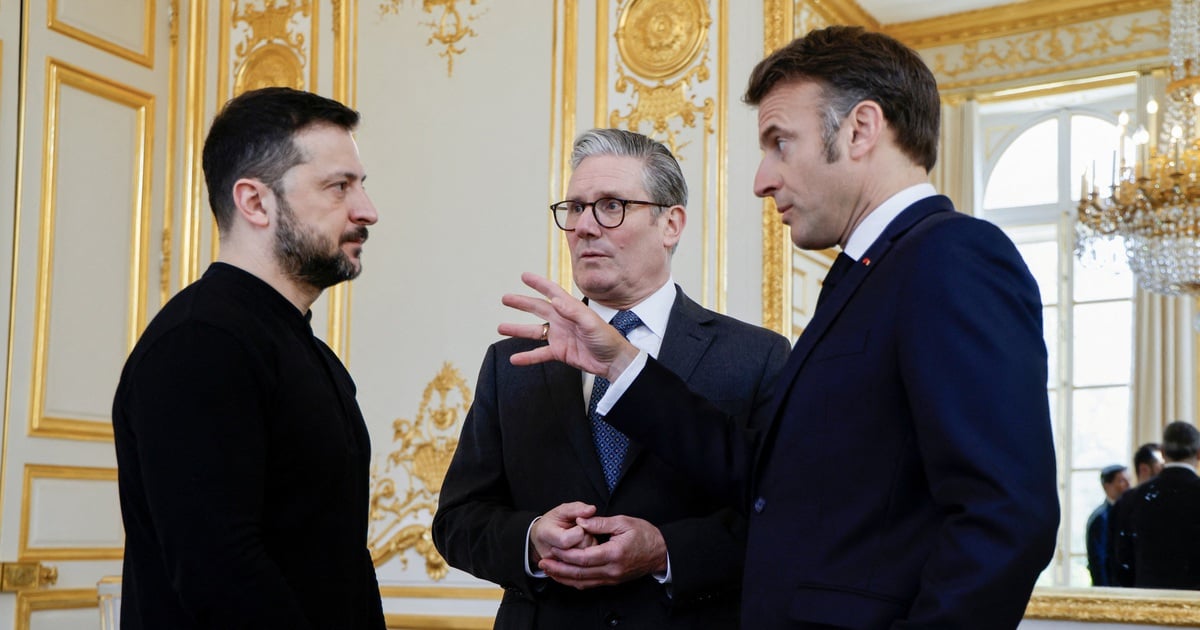
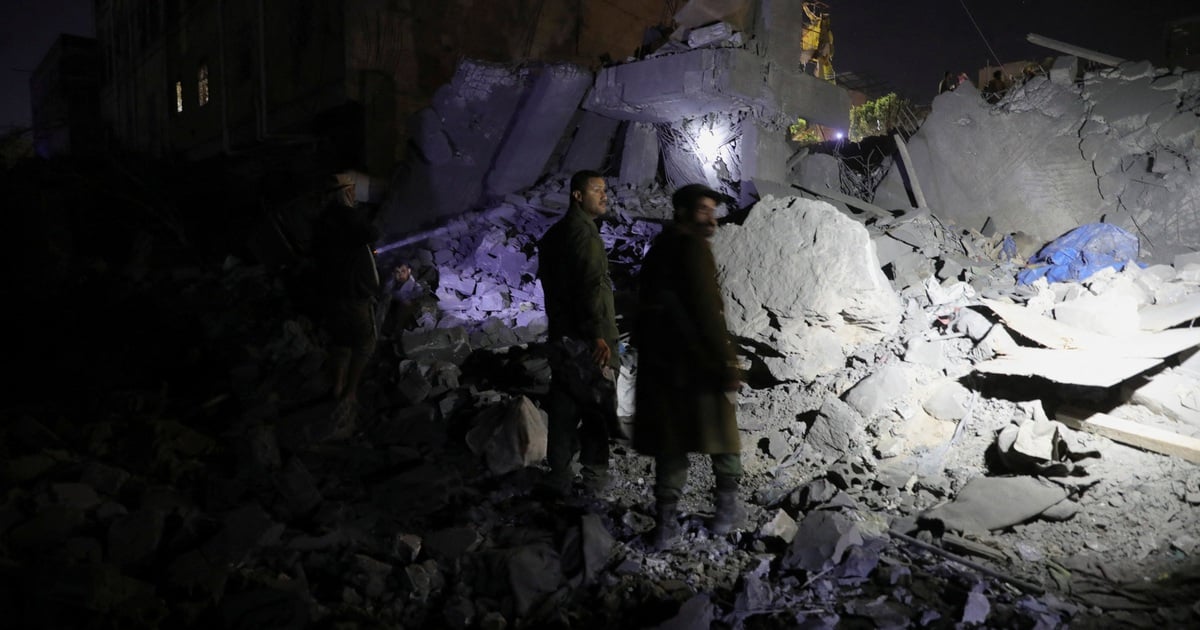
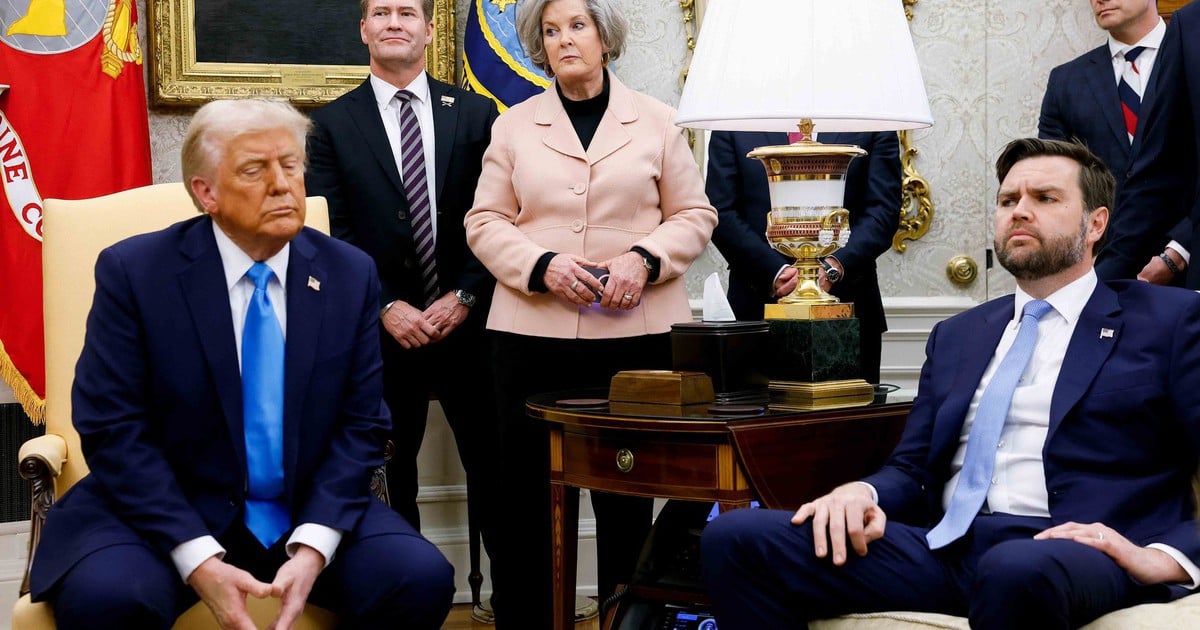
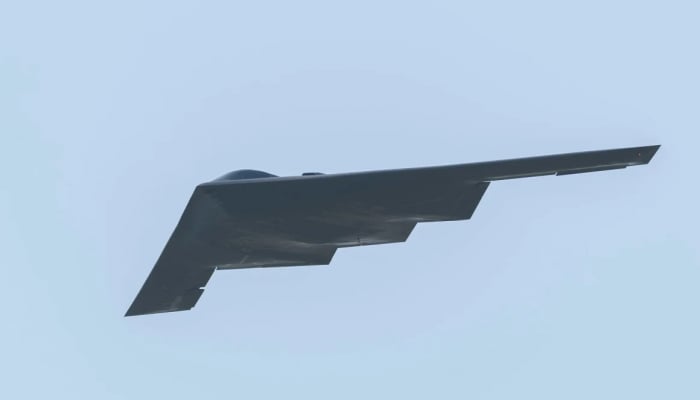

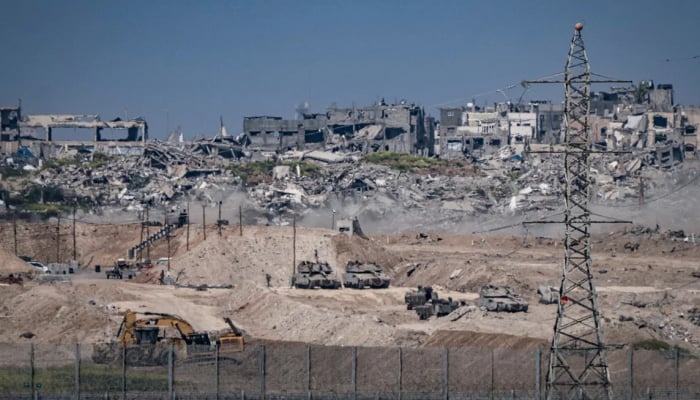

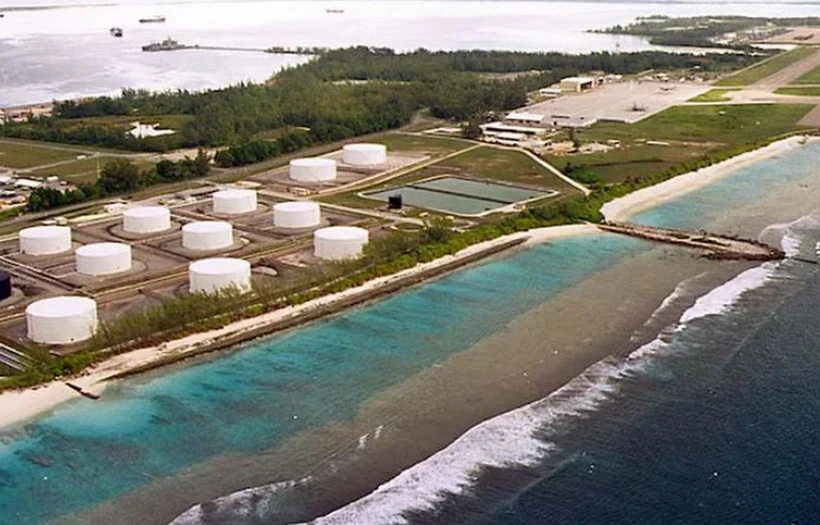







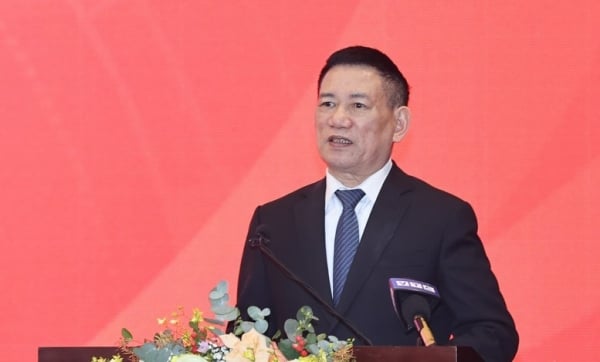
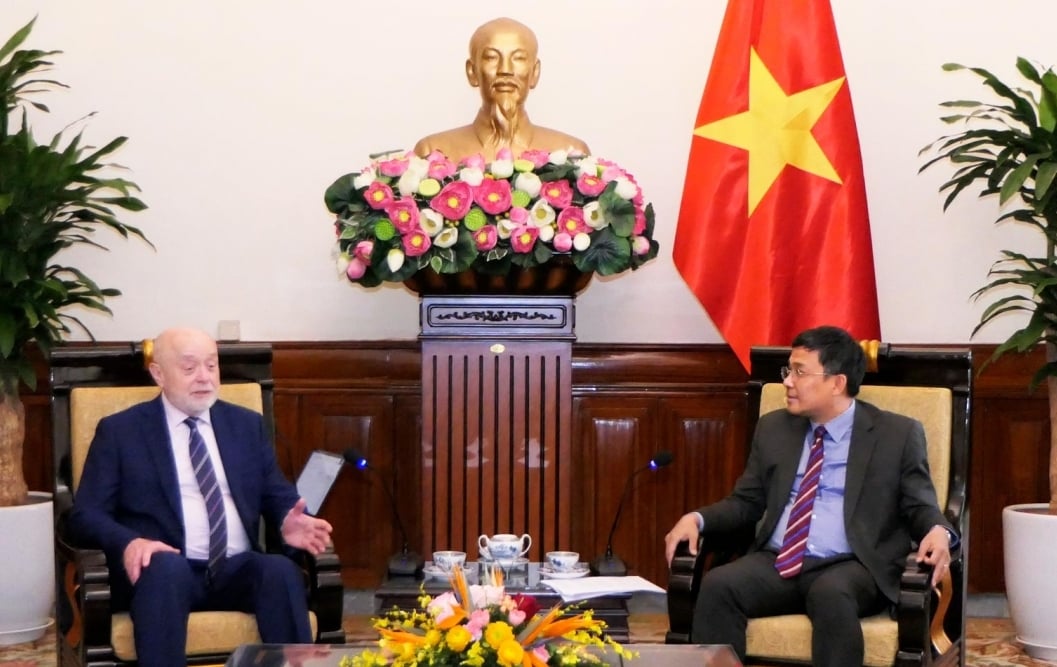


































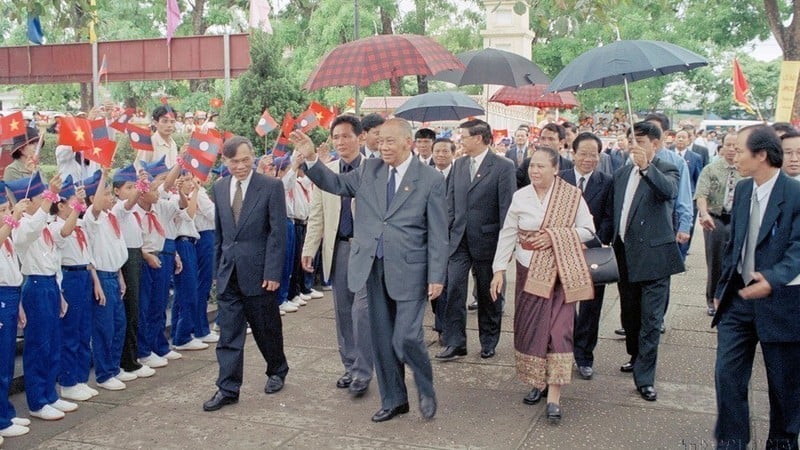
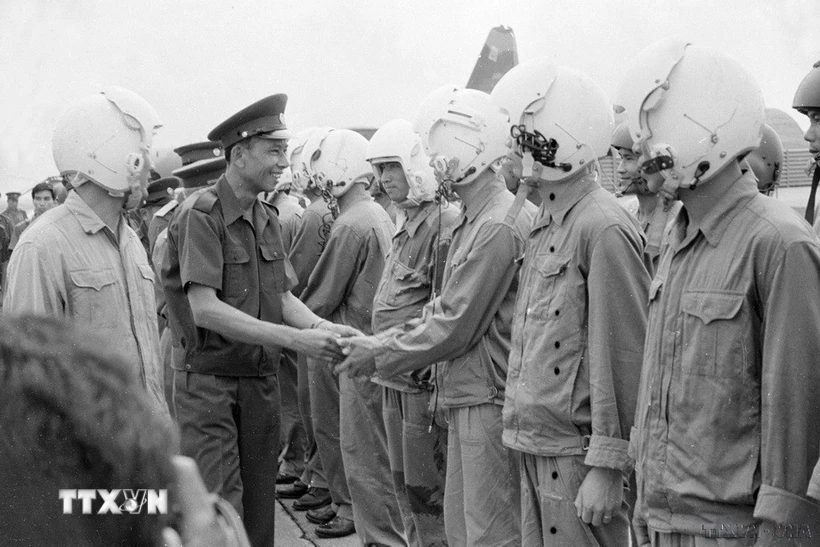

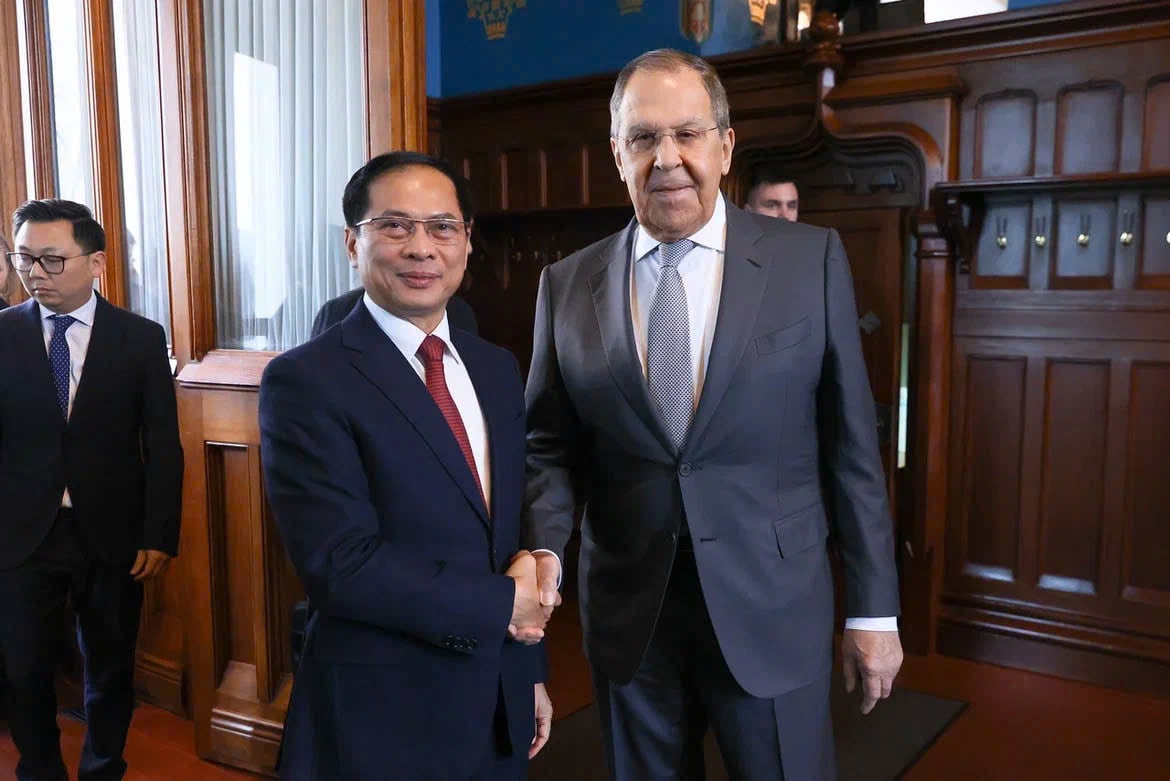































Comment (0)